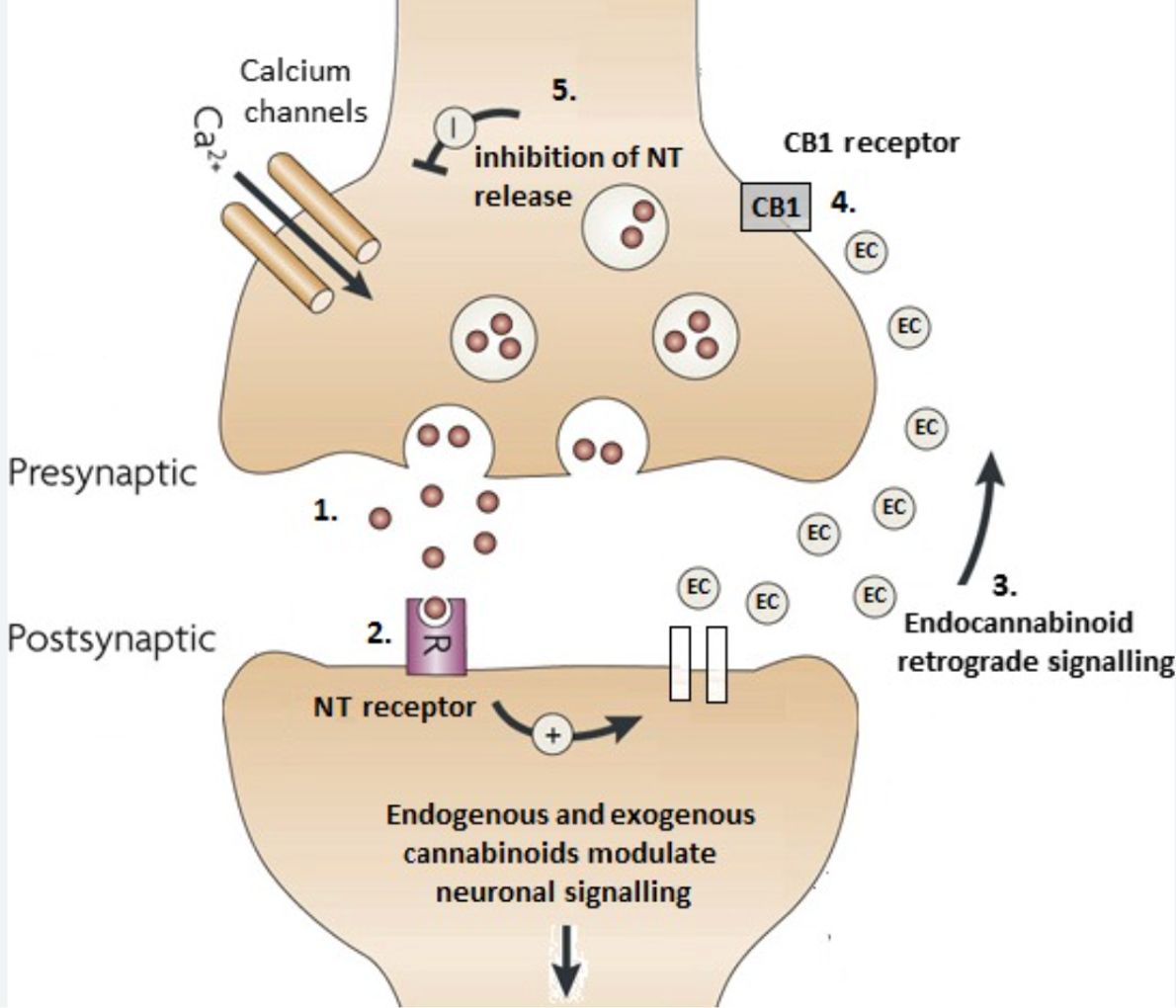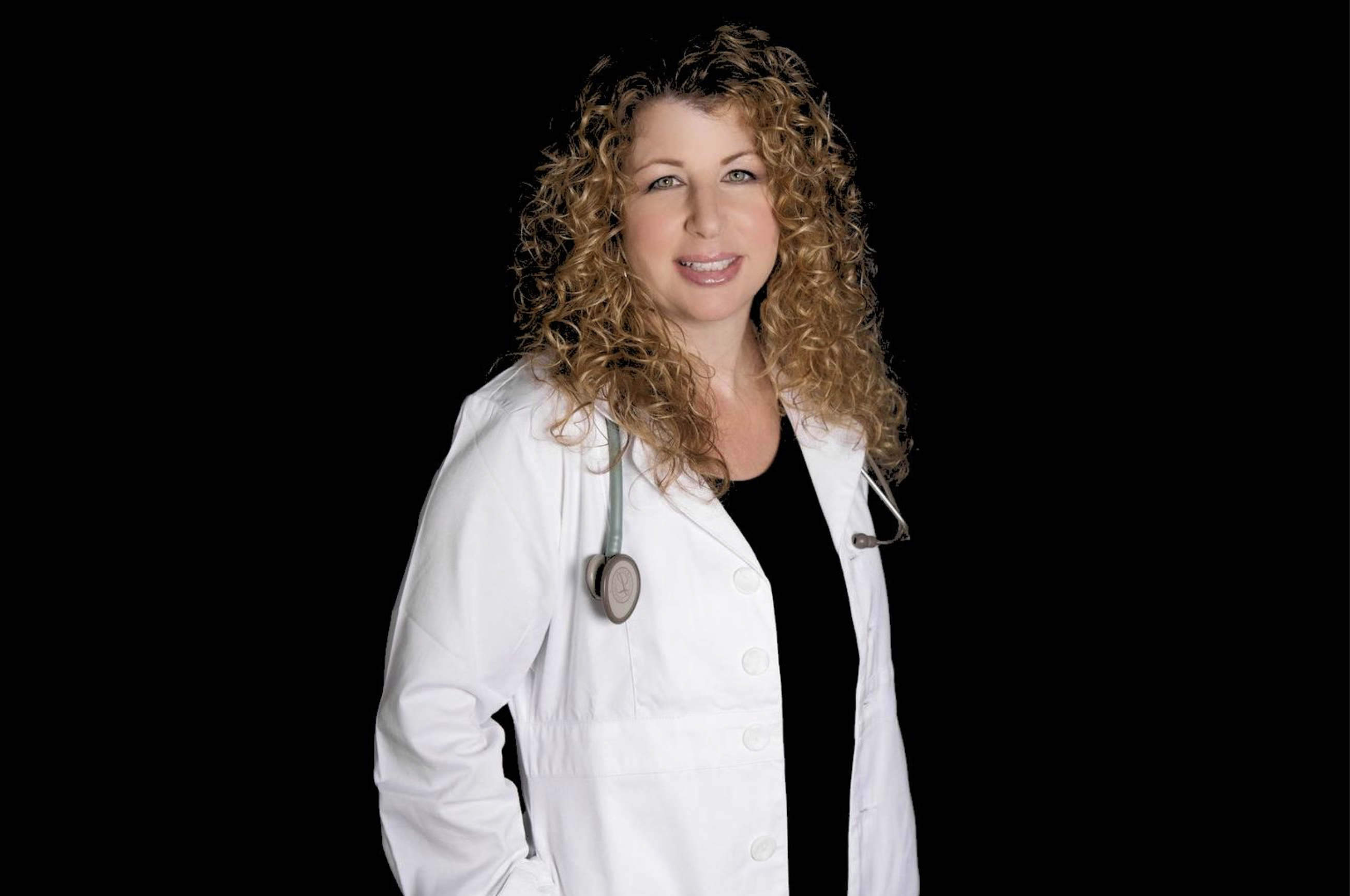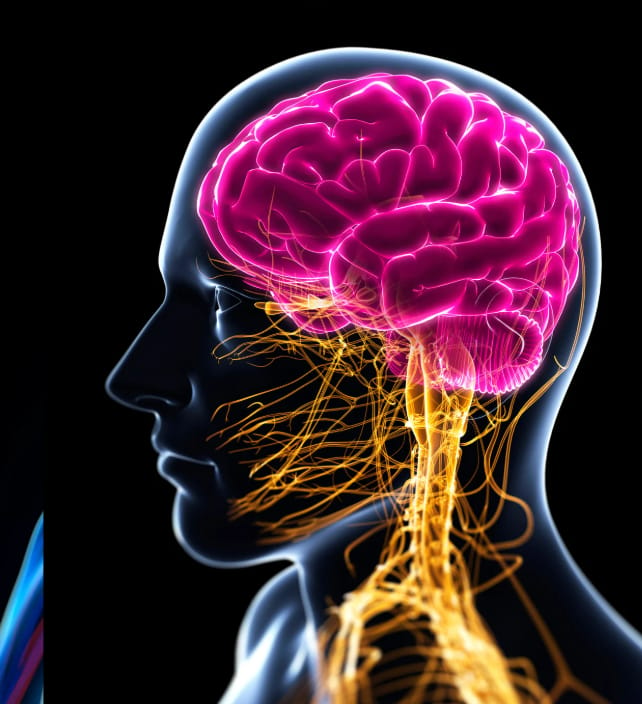The Endocannabinoid System Explained
All Blog PostsExcerpted from Cannabis is Medicine by Bonni S. Goldstein, MD
The Endocannabinoid System Explained (Chapter 2)
To those who don’t “believe” in cannabis as medicine, I ask “do you know about the endocannabinoid system and what medical conditions are associated with its dysfunction?” If they cannot answer this question, they are not knowledgeable enough to comment on cannabis as medicine. I joke around with my patients that I have no opinion about my car’s engine, but my husband has many opinions. I know nothing about car engines (nor am I interested), but my husband knows a lot. I am not qualified to make any statements about which engine is good or bad. If you don’t know about the endocannabinoid system, you are not qualified to have an opinion about cannabis as medicine until you educate yourself!
Here is just about everything you need to know about the endocannabinoid system.
In 1964 Dr. Raphael Mechoulam and his colleagues at the Hebrew University in Jerusalem were interested in studying plants with reported medicinal effects. They isolated THC from the cannabis plant and found it to be responsible for the plant’s intoxicating effects. However it took another 24 years to understand how and where THC worked in the human brain and body. In 1988 Dr. Allyn Howlett and her colleagues at St. Louis University discovered the cannabinoid receptor. Using advanced scientific techniques with radioactive dye attached to synthetic THC, the researchers were able to trace the path of THC to find where it worked. They saw that it selectively attached to a specific receptor located on the membrane of certain cells. A receptor works like a “lock” on the cell membrane, waiting for a specific “key” to bind to it, which then starts a chemical reaction in the cell resulting in a change in the message that the cell is sending. We have many other “lock and key” receptor systems in our brains and bodies, such as opioid receptors, dopamine receptors, and others. The cannabinoid receptor happened to be discovered in the quest to understand how THC works to make people high.
Scientists hypothesized that we do not have these receptors for the “THC key” from the plant but rather we must make our own “cannabis-like key” that worked at the receptor site. All other receptors found in humans have “keys” that we make from within, such as endorphins that bind to our opioid receptors and dopamine that binds to our dopamine receptors. Understanding this, researchers began looking for our “inner cannabis.”
In 1992 the first of numerous “inner cannabis” compounds were discovered. Anandamide (also called N-arachidonoylethanolamine or AEA) was the first cannabis-like compound to be detected. In 1995, a second “inner cannabis” compound was discovered and was named 2-arachidonlygylycerol (2-AG). These compounds were given the umbrella term “endogenous cannabinoids” or endocannabinoids (“endo” is Greek for “inside or within”). Numerous other endocannabinoid compounds have since been discovered although anandamide and 2-AG are the most researched. Additionally, research revealed a second cannabinoid receptor located primarily within our immune system.
The discovery of cannabinoid receptors and endocannabinoids caused tremendous excitement in the scientific community and research into “cannabinoid science” exploded. Scientists named this system of receptors and the endocannabinoids that interact with them the endocannabinoid system.
How Does the Endocannabinoid System Work?
The endocannabinoid system is made up of endocannabinoids, endocannabinoid receptors (two confirmed and more suspected), and the enzymes that make and break down the endocannabinoids.

Source: Barrie et al 2017
This diagram shows two neurons (brain cells) where they meet at an area called the synapse. The presynaptic neuron is sending chemical messengers called neurotransmitters and the postsynaptic neuron is receiving the neurotransmitter messages.
- Neurotransmitter (pink circles) are released from the presynaptic, or sending neuron, to the postsynaptic, or receiving neuron.
- The neurotransmitter binds to its receptor (R). When the neurotransmitter message is imblanced, it triggers the synthesis of endocannabinoids (EC) in the cell wall of the postsynaptic neuron.
- The postsynaptic cell then sends the endocannabinoid (EC) “keys” back to the presynaptic cell where it...
- Attaches to the CB1 receptor
- The key (EC) in the lock (CB1 receptor) binding triggers a chemical reaction in the presynaptic cell that results in inhibition of the flow of neurotransmitters, thereby correcting the imbalance
Why do we have an Endocannabinoid System?
Very simply, the job of the endocannabinoid system is to regulate the flow of chemical messages that are being sent between cells with the goal of maintaining balance, called homeostasis. When we experience inflammation, illness, infection, or chemical or traumatic insults, our endocannabinoid systems go into action, trying to restore balance of cellular messages. It is the way our internal environment responds to changes in our external environment.
Endocannabinoids are made and released by your cells on demand when you need them. They do their job binding to cannabinoid receptors, and then enzymes come along and break them down. They are what we call “short-lived” molecules. Human endocannabinoid levels are difficult to measure due to their short-lived nature, however researchers are actively exploring tests to determine the status of someone’s endocannabinoid system.
The endocannabinoid system is the most widespread receptor system in the human body. It regulates many of the most important physiologic pathways in the human body, including:
- gastrointestinal activity
- cardiovascular activity
- pain perception
- modulation of neurotransmitter release
- maintenance of bone mass
- protection of neurons
- hormonal regulation
- metabolism control
- immune function
- inflammatory reactions
- inhibition of tumors cells
As you can see, your endocannabinoid system is involved in just about every chemical process in your body! The Italian researcher Vincenzo Di Marzo noted that “the endocannabinoid system is essential to life” and affects how we “relax, eat, sleep, forget and protect.”.
There is scientific evidence that your endocannabinoid system is “switched on” when you need protection, for example when certain diseases strike, such as cancer, neuropathic and inflammatory pain, multiple sclerosis, intestinal disorders, post-traumatic stress disorder, traumatic brain injury, hemorrhagic, septic and cardiogenic shock, hypertension, atherosclerosis and Parkinson's disease. In these cases, endocannabinoids can lessen the negative effects of these illnesses by working to maintain balance of cellular signals.
You don’t feel your pancreas releasing insulin, nor do you know when your thyroid releases thyroid hormone, even though these are essential actions happening all the time. In much the same way, you don’t feel your endocannabinoid system working either, but your cells make and use the endocannabinoids to keep the multiple systems in your brain and body functioning correctly, maintaining homeostasis of cell function. If your endocannabinoid system is not working properly, you may have an imbalance, which can manifest as a medical condition. There are no pharmaceutical medications that directly address an endocannabinoid dysfunction. The cannabis plant contains compounds that interact with the endocannabinoid system, helping to restore balanced cellular messages.

